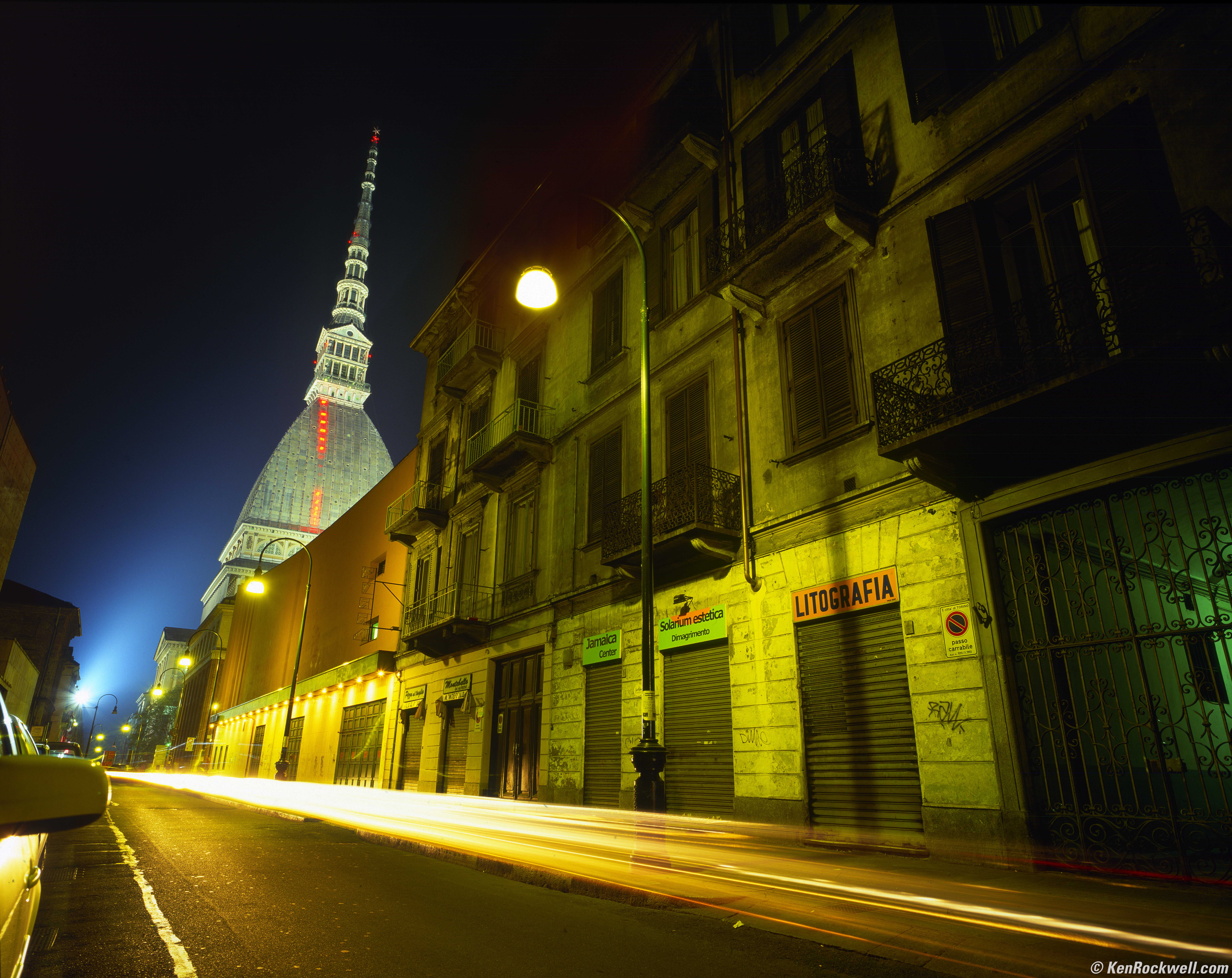

The body size is comparable to many 35mm SLRs and a M7II system including the body and 3 lenses is about 2kgs. However, the old Nikon linear polarizers seems to yield nicer results, comparable to a warm polarizing filter.įor a 6x7cm camera the M7II is impressively compact and light. The Heliopanpolarizing filter provide convenience to the RF users by marking the filter frame with numbers. Others may prefer simply to crop the 6x7cm frame and enjoy a better quality of the image on the superior 120 films. The 35 mm film panoramic kit will appeal to users who want to use the 135 format films. These are typical items found on most cameras. delay self timer, the flash synch which works at all shutter speeds and the hot shoe, etc. These include the shutter release lock at the release button, the multiple exposure slider switch on the back of the camera, the exposure compensation dial below the shutter speed dial allowing setting in 1/3 stops increments up to 2 stops, the 10 sec. The camera shutter is silent and there are no vibrations during exposure. Users who don’t use tripods can use slow shutter speeds with confidence. After mounting the lens, moving a sliding switch next to the shield lever retract the protective shield and enables the camera controls. This is accomplished by using a shield lever at the camera base plate. Mounting a lens requires an extra step to prevent fogging of the film when the lens is removed. Although the near focusing is not the rangefinder camera’s forte, a shorter focusing distance on the 80mm lens would be welcome. To compensate for temperature changes the lenses focus past infinity mark. It is very light and balances on the camera extremely well. The maximum aperture is f/8, and it doesn’t couple to the range finder. Typically the lens minimum focus is 1m and the maximum aperture f/4. Each lens has an electronic leaf shutter. The lenses come with bayonet mount shades which are mounted on the lens in reverse for storage. This is clearly visible in the superb texture and detail of the subject rendering. The combination of the film size and optics probably yields the best results among medium format cameras. The mechanical and optical quality of the lenses is truly outstanding. Selecting the AEputs the camera in the aperture priority mode, while selecting AELlocks the shutter speed when the shutter release is partially depressed. The M7II offers two automation features on the shutter speed dial. It can be seen as a yellow light, on the left off the viewfinder area, whenever the eye is misaligned with the viewfinder axis. A minor, but a real initial distraction is a reflection from the RF window. The lack of the aperture display in the viewfinder doesn’t seem to be a problem.

The correct shutter speed/aperture combination is confirmed by a single steadily illuminated shutter speed number. Adjusting the shutter/aperture dials allows superimposing both LEDs.

This is a very effective way to show the degree of under/over exposure. The steadily lit number shows the selected shutter speed, while the blinking one shows the meter suggested speed. If the selected shutter speed differs from the correct speed, two numbers are lit by the LEDs. Only the shutter speeds appear as a row of numbers below the viewfinder area. Despite its simplicity the meter is surprisingly accurate under most circumstances.

It has a center-weighted pattern and its angle of view is automatically adjusted to the focal length of the mounted lens. The camera uses a simple SPDcell located in the rangefinder window. The viewfinder accuracy is 83% and 100% at the minimum focusing distance. The focusing is accomplished by superimposing a double image in the center of the viewfinder. All finders have unobtrusive panoramic frame markings. A universal finder for 150 & 210 mm lenses was introduced with the 210mm lens. The 150mm lens has an optional auxiliary finder. The 43, 50 and 210mm lenses have the auxiliary finders mounted in the flash shoe. Users of the correction diopter lenses will discover the enhanced contrast of the viewfinder due to the polarizing effect. The auto-indexed frames cover the 65, 80 and 150mm focal lengths. The excellent viewfinder is one of the strong features of the M7II. It is fast and easy, even in the subzero temperatures. Film loading/removal is the first pleasant experience. The camera balances very well with all of the available lenses and has good ergonomics. They convey a feeling of a well designed and well made product. The quality of the camera and lenses are impressive. An optional 35mm film panoramic kit extends the camera capabilities.
Mamiya 7 ii price range manual#
Users who are comfortable with a manual focusing rangefinder cameras and who want excellent portability and the highest quality optics in medium format will find M7II hard to resist. The Mamiya 7IIis the latest reincarnation of the original Mamiya 6 rangefinder.


 0 kommentar(er)
0 kommentar(er)
